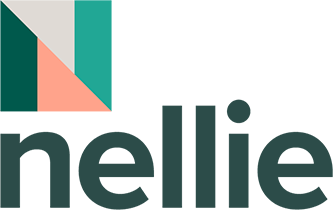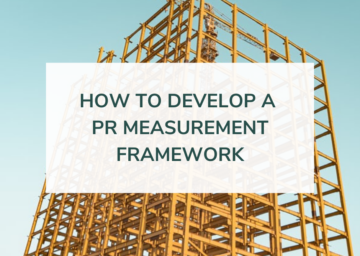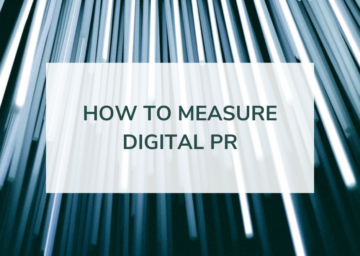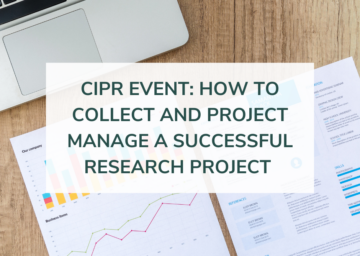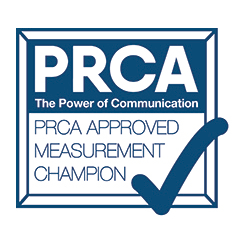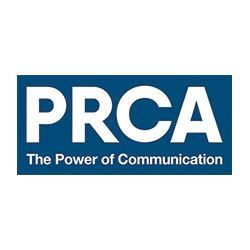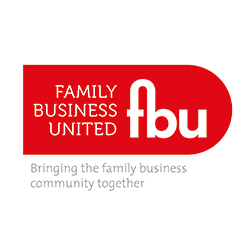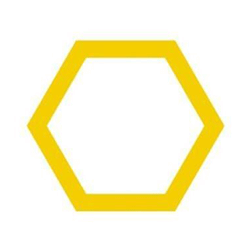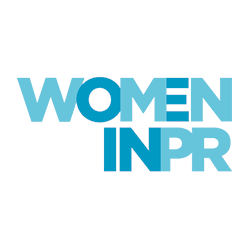How to Build Your PR Tech Stack
27th January 2022 / All, How To

In partnership with CARMA, the 2021 PRCA Measurement Conference brought about brand-new insights, trends and opportunities impacting PR measurement, the PR tech stack, and digital PR practices. With public relations budgets facing greater scrutiny than ever before, these topics are now more important than ever.
We caught up remotely by watching the conference’s recording – which you can access for free via this link – 2021 PRCA Measurement Conference. Inspired by what we learned, we thought we’d share our findings with you in this three-part blog series, which seeks to cover the key points of this year’s conference.
In part one, we looked at How to Develop a PR Measurement Framework. In this second instalment, we look at how to understand the rising presence of technology in PR and comms, and how you can develop and evolve your PR tech stack to reflect the changing times.
Without further ado, here are our key takeaways:
This information was presented by Stuart Bruce (Stuart Bruce Associates), Louise Palmer (Wildfire PR), and Jason Weekes (CARMA International). They were also joined by Richard Bagnell – global co-managing partner and CEO Europe at CARMA.
With the rise of technology, PR and comms practitioners are predicting vast changes in the year to come, with terms like ‘AI’ and ‘tech stack’ being cast around left and right. But what do those things actually mean?
The PR tech stack
The reason we talk about the PR tech stack – or the ‘comms tech stack’ – is partly because the ‘martech stack’ is something everyone’s familiar with. When referring to a PR tech stack, we’re essentially talking about a group of tools we’re using to influence and bolster our PR and comms.
Within the tech stack, there are categories. These categories include; content tools (i.e. graphic tools and video tools that help us create visual content), publishing tools, insight tools (google trends and survey tools), monitoring tools, measurement tools, outreach tools (media or influencer databases), planning tools, and collaboration tools.
One of the reasons people are getting confused is because some of the technologies, as they evolve and develop, start creeping across multiple categories. You can see how some tools would do this, especially between categories that are similar to one another, such as monitoring and measurement.
Louise Palmer, from Wildfire PR, talks about their PR tech stack and how it is often influenced by their clients and what they require from their PR – and so you can see how it’s a constantly evolving thing.
If there’s a tool for everything, why not just create one tool that does it all?
Well, some companies have tried. Larger PR agencies will often develop their own bespoke tech that caters to their needs, and by extension, their client’s needs. However, it’s become clear that the majority of clients prefer to go with something that they recognise – sticking to the market leaders in PR tech, and avoiding the technologies developed by PR practitioners.
With the ‘feature creep’ – whereby tools are taking on multiple functions to service multiple categories – there’s a temptation to just use one tool that will have several functions. But the downside of that is that these feature creeping tools aren’t often the best ones on the market. It’s the job of PR and comms agencies, first and foremost, to provide their clients with the right tools and the right approach, and while that may mean multiple subscriptions to multiple tools that seem awfully similar at a glance, that’s what must be done.
At the end of the day, it’s about keeping the client’s needs at the forefront of the business, and the PR tech stack must reflect that. And in terms of bespoke tools, these will rarely match the market approved tools already on offer, and more importantly, clients like to know and trust the tech they’re investing time and money into using.
How do you know you’re using the best tools?
Stuart Bruce spends a lot of time analysing data tech, and in the conference, he discusses APIs and their effectiveness when it comes to collaborative tools. (APIs essentially allow the tools to communicate data with one another, so that while they may be working separately, they are still capable of sharing data.)
Stuart sees it as a red flag if a vendor doesn’t offer APIs, because it’s a sign that they’re not willing to work alongside other tools, or willing to make your life easier as a comms professional. In that situation, it’s worth looking to see what else is available.
How do you gain insights from data?
Interpretation of the data is critical because that’s where the human intervention comes in.
The human aspect of data insights comes in when we take the data we’re given and make better decisions based on it. While AI can help produce a framework for this, it cannot make those sorts of decisions.
What is AI?
As Stuart explains it: “One branch of AI, and what a lot of vendors and technologies are doing, is using machine learning. It’s using a mathematical model to look at data and help the computer learn without direct instruction, and so in theory it should be getting better over time. However, depending on the data it’s pulling in, it may simply be learning, if not necessarily improving. One of the places that humans come into it is by correcting that learning and making up for some of the shortfalls in the data.”
For instance, one of the big AIs at the moment is GPT3, which is an AI writing tool that will generate copy based on the keywords you manually input. Because it’s learning, as well as the information we’re feeding it, it will also provide insights into content gaps. But AI is not without the need for human intervention, and in the case of GPT3, one of the challenges is in trying to maintain ethical compliance standards.
What are the ethical impacts of AI in PR, and what advice is there for PR practitioners using it?
There have always been concerns regarding the ethics of using AI in PR and comms – starting at the risk of job losses through the rise of automated copywriting.
Another big risk of AI is that it will only measure what it can see. A lot of content is hidden behind paywalls now, and many automated tools don’t get to access that. There are shortcomings in terms of leveraging technology and data access.
It’s our responsibility as practitioners to have our clients focusing on content that shifts perception and reputation, and a lot of that will be behind paywalls. The advice Jason Weeks gives is therefore to focus on the data and the coverage that you know is going to create the biggest impact for your clients, and measure the outputs of those efforts, as well as audience outtakes and outcomes.
One final note
“We should be using measurement for insight to improve on what we do, rather than thinking of it as a tool to prove how clever we are. If you want to measure your comms, it’s about more than just using a tool. A tool is going to count what’s easy to count, but if you want to prove your value and gain effective insights, remember that a tool is just a part of your armoury, but it’s not the endpoint. So, as we think about technology and digital PR, remember that tools have their place, but don’t underestimate the value of human intelligence.” – Richard Bagnell.
Resources
For further information on AI and ethics, Kerry Sheehan is a great person to follow on LinkedIn and Women in AI (WAI) has recently launched to create a safe space for women in AI.
Our favourite tech tools can be found here: PR and marketing tools.
Read the other blog posts in this series here:
Part 1 – How to Develop a PR Measurement Framework
Part 3 – How to Measure Digital PR
